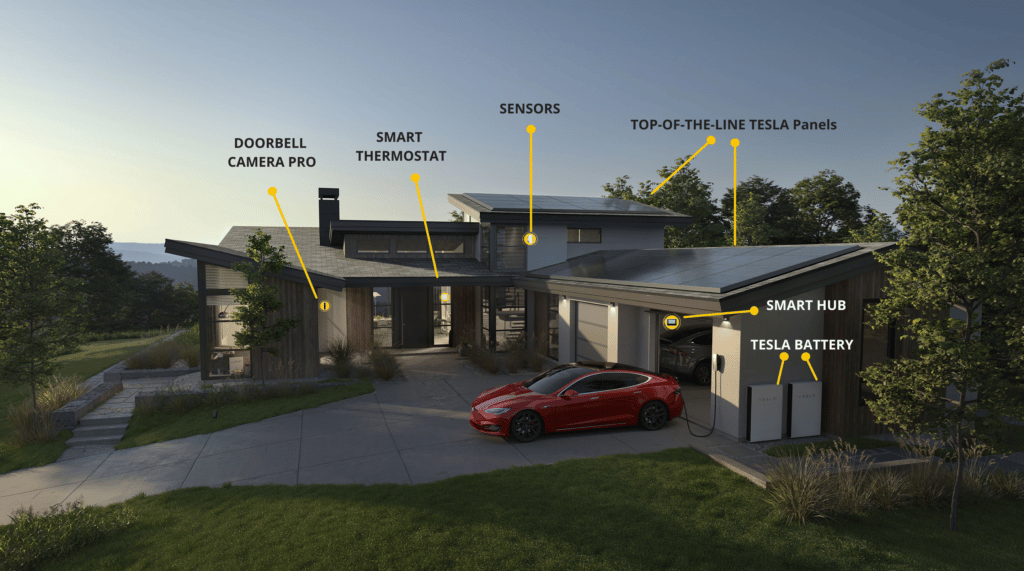
Having an energy-efficient home is one of those things that’s just a win-win. Of course, there’s the environmental perspective. Taking steps to be more energy efficient is a great way to reduce the carbon emissions and waste produced by your home. But it’s also something that can simply save you money because increased energy efficiency can equal lower power bills every month, season after season. And when an energy-efficient home is coupled with low-cost green energy like residential solar power, you have the key components of cost-effective, low-emission energy independence for years to come.
If you already have an existing home and you’re looking for tips on being more energy-efficient we’ve got you covered there too with guides to sustainable remote work and other ways to go green throughout your life.
How do I build an energy-efficient home?
To start, building an energy-efficient home requires a “whole-house systems approach” that takes multiple forms of energy use and efficiency into account. This approach requires the home designers and building professionals to be on the same page about energy efficiency goals because some of the methods used for maximizing energy efficiency are not the cheapest or simplest ways to construct a home. If you have the option, you’ll want to consider selecting designers and building professionals that specialize in energy-efficient construction.
At the design and construction stage, one of the most important aspects of energy efficiency has to do with temperature regulation. Building your home properly can potentially reduce the need to use energy-demanding appliances like heaters and air conditioners over time, which can lead to major savings.
How much will it cost?
Many people assume that the cost of building a “green” home is much higher than it actually ends up being. As cited by the U.S. Green Building Council*, a 2007 public opinion poll showed that people believed green features added 17% to the cost of a building, while a contemporary study found instead those environmentally friendly features added just 2%.
“The Cost of Green Revisited” was a 2007 research paper that took a detailed look at the cost of a wide variety of buildings, both energy efficient LEED constructions and “standard” buildings. What the research found was that “comparing the average cost per square foot for one set of buildings to another does not provide any meaningful data for any individual project to assess what – if any – cost impact there might be for incorporating LEED and sustainable design.” In other words, the cost of energy-efficient construction is small enough to disappear when other variables between different building projects are taken into account.
And it’s only become more affordable to “build green” in the years since that 2007 research was performed. The exact cost today will depend on the size of the construction project, the efficiency upgrades being implemented, and the location where the construction is being done. But as the Zero Energy Project points out, even when energy-efficient homes do cost slightly more to build, they can make up for that difference through their lower cost of ownership.
